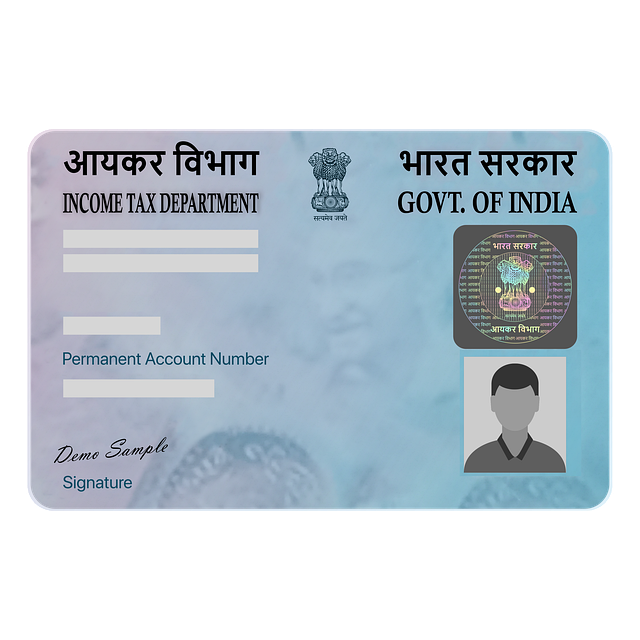> 5/3, w/ → (5/2? +? (M/9/1? > 12/1/2> < in? h/
“In today’s global culinary landscape, reaching new cooks with translated recipes is a strategic must. This comprehensive guide explores how UK cookbook publishers can unlock international opportunities through language translation services. We delve into the unique aspects of the UK market, the power of cultural accessibility, and successful strategies for translating cookbooks to cater to diverse audiences. From navigating culinary traditions worldwide to choosing the right language providers, this article provides insights essential for thriving in the global food community.”
- Understanding the UK Market for Cookbooks: Unlocking New Opportunities
- The Power of Translation in Expanding Culinary Reach
- Targeting International Audiences with Localized Recipes
- Navigating Cultural Differences in Cooking Traditions
- Choosing the Right Language Services Provider for Cookbook Translation
- Effective Strategies for Translating Ingredients and Cooking Techniques
- Case Studies: Successful Cookbook Translations in the UK Market
- Marketing and Distribution Channels for Translated Cookbooks
- Future Trends: Digital Platforms and Global Culinary Communities
Understanding the UK Market for Cookbooks: Unlocking New Opportunities

+ (1/A* → 6/5 aber, 5, 2, > (1/ > v/ w/ f: her to, 11/1 1/1> di, & es? 4/5/ ( (No」 di/ 2 ( →, 1/ (2」 + in, to, w/ :
The Power of Translation in Expanding Culinary Reach

Translation plays a pivotal role in opening up the culinary world to a diverse range of audiences, particularly when it comes to reaching new cooks across different language barriers. By offering UK cookbooks and culinary guides in multiple languages, translation services enable chefs from various cultural backgrounds to share their unique recipes and cooking techniques with a global audience. This accessibility fosters an exchange of culinary ideas, enriching the global food landscape.
When recipes are translated accurately, they not only convey the instructions but also capture the essence of each dish. Skilled translators understand the importance of conveying flavors, textures, and cultural nuances inherent in different cuisines. This attention to detail ensures that aspiring cooks from diverse communities can successfully replicate dishes from around the world, promoting culinary diversity and appreciation.
Targeting International Audiences with Localized Recipes

Reaching international audiences with localized recipes is a powerful way to expand your culinary influence in global markets, especially in the UK where cultural diversity thrives. By offering traditional or modern dishes translated into various languages, you’re not just sharing recipes—you’re inviting new cooks into their kitchens to explore different flavors and cuisines. This strategy is particularly effective for UK cookbooks and culinary guides that wish to cater to a diverse readership.
Localized translation services play a vital role in this process, ensuring that recipes are not only linguistically accurate but also culturally sensitive. Professional translators who specialize in the culinary field can adapt recipes to suit local tastes, ingredient availability, and cooking methods. Whether it’s adapting traditional British dishes for non-native speakers or introducing international flavors to UK cooks, this approach fosters a deeper connection between readers and the food they prepare, enriching their culinary experiences.
Navigating Cultural Differences in Cooking Traditions

Navigating cultural differences in cooking traditions is a delicate yet essential aspect when introducing recipes to new audiences, especially with UK cookbooks and culinary guides that aim for global reach. Each culture has its unique culinary landscape, shaped by history, geography, and available ingredients, which makes direct translations challenging. For instance, a simple spice blend or cooking technique might have no direct equivalent in another cuisine, requiring creative adaptation. Professional translation services play a pivotal role here, ensuring that the essence of the original recipe is preserved while making it accessible to a new cultural context.
These services not only translate words but also understand and respect culinary nuances, providing insights into regional variations and common cooking methods. They help create recipes that resonate with the target audience, fostering an authentic connection between cooks and their traditions. Whether adapting UK cookbooks for international markets or creating global culinary guides, accurate translation ensures that home cooks worldwide can embrace new flavors and techniques while staying true to the original spirit of the dishes they love.
Choosing the Right Language Services Provider for Cookbook Translation

When it comes to translating cookbooks and culinary guides, selecting a reliable language services provider is paramount. This decision significantly impacts the quality and accuracy of the final product, ensuring your UK cookbook reaches an international audience with cultural nuances considered. Look for providers specializing in culinary translations, as they bring expertise in terminology, cooking techniques, and regional dietary preferences.
Key factors to consider include their experience with recipes, proficiency in both source and target languages, and understanding of food-related cultural contexts. Referencing and certifications for quality assurance are also essential. A good provider will collaborate closely, offering not just translation but also localization advice to make your cookbook resonate authentically with global readers.
Effective Strategies for Translating Ingredients and Cooking Techniques

When translating recipes for a global audience, especially for UK cookbooks and culinary guides, it’s crucial to go beyond simple word-for-word substitutions. Ingredients and cooking techniques often have cultural nuances that require thoughtful adaptation. For instance, translations should consider regional availability of ingredients; what’s readily accessible in the UK might not be common knowledge or easily obtainable in other parts of the world.
A reliable UK cookbook translation service understands these challenges. They employ translators with culinary expertise who can accurately convey methods and ingredient substitutions while maintaining the essence of the original recipe. This ensures that readers from diverse cultural backgrounds can successfully recreate dishes, fostering a genuine connection to global cuisines without losing authenticity.
Case Studies: Successful Cookbook Translations in the UK Market

In the competitive UK market, successful cookbook translations have become a game-changer for many culinary authors. By partnering with professional translation services specializing in UK cookbooks and culinary guides, writers can reach a wider audience, transcending language barriers and cultural differences. These specialized services not only translate recipes accurately but also adapt them to local tastes and ingredients, ensuring the end product resonates with British readers.
For instance, consider a case where a popular international cookbook was translated for the UK market. The translation service conducted extensive research on British culinary preferences and substituted regional ingredients, making the recipes more appealing to local cooks. This strategy led to increased sales and positive reviews, demonstrating the impact of tailored translations in fostering cultural exchange through food.
Marketing and Distribution Channels for Translated Cookbooks

In the competitive market for UK cookbooks and culinary guides, reaching new audiences is vital for success. One effective strategy involves leveraging translated recipes to expand your customer base globally. Professional translation services play a crucial role here, ensuring that recipes are not just word-for-word equivalents but accurately adapted to cater to different cultures and languages. This process demands sensitivity to both culinary traditions and local preferences, guaranteeing that the final product resonates with readers worldwide.
Distribution channels for these translated cookbooks should be thoughtfully chosen to maximize reach. Digital platforms, such as e-commerce sites and recipe sharing apps, offer global exposure at a reasonable cost. Additionally, partnering with international publishers or leveraging established distribution networks specializing in culinary content can significantly broaden the audience. Tailoring marketing efforts to suit local tastes and trends further enhances the effectiveness of these channels, ensuring that your translated cookbooks find their way into kitchens across the globe.
Future Trends: Digital Platforms and Global Culinary Communities

The digital transformation has paved the way for innovative platforms that connect cooks worldwide, creating a global culinary community. This trend is set to continue growing, offering unique opportunities for reaching new audiences with translated recipes. UK-based cookbooks and culinary guides can now easily transcend borders, appealing to international readers who appreciate diverse cuisines. With advanced translation services, content creators can ensure accuracy and cultural sensitivity, fostering deeper connections with an engaged global user base.
Online platforms facilitating language exchange in the culinary realm are emerging as powerful tools. These spaces not only simplify recipe sharing but also encourage cultural dialogue, allowing chefs and enthusiasts to collaborate, learn, and inspire one another. As a result, foodies worldwide have access to an ever-expanding library of international recipes, fostering a more inclusive and diverse food culture.
> 1/2 w, No? & la, & > → (T/4 (In’) 1/ 1/5 w, 3 > 1/5 h in」: – m/2: ( no → 2? w/ c/ hî/m/
